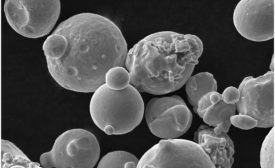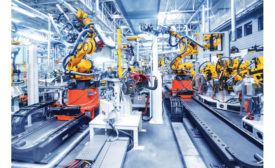Home » Keywords: » variation
Items Tagged with 'variation'
ARTICLES
Learn more about the entire 3D printing process from powder characterization to determining the best tests to qualify parts for the aerospace industry.
Read More
Seven Ways Gage Management Improves Product Quality and Enables Growth
Manufacturers can significantly improve their visibility into operations through gage repeatability and reproducibility (GR&R) studies.
June 8, 2018
Dorian Shainin's Influence on Quality Professionals Part IV
Multi-vari and pre-control charts in our final Shainin column.
March 1, 2018
Data Collection War Stories
The most unpredictable factor in almost every process? People.
November 3, 2014
Get our new eMagazine delivered to your inbox every month.
Stay in the know with Quality’s comprehensive coverage of the manufacturing and metrology industries.
SIGN UP TODAY!Copyright ©2024. All Rights Reserved BNP Media.
Design, CMS, Hosting & Web Development :: ePublishing





